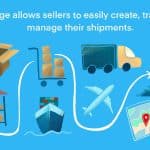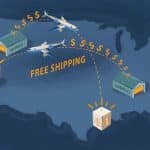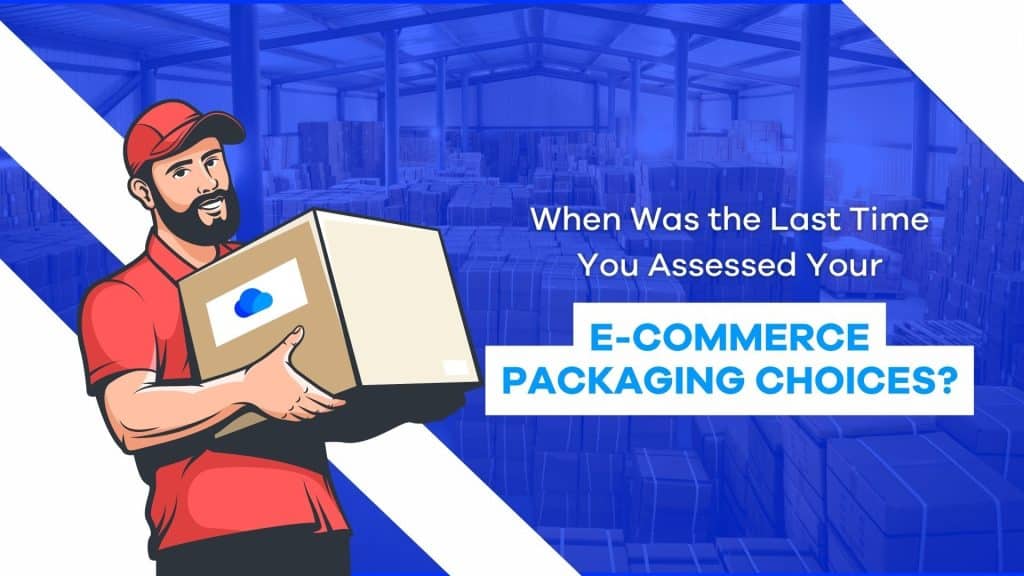
Packing and shipping orders is a fundamental element of a successful ecommerce business. This requires a team effort and the right tools, staff, and workflows. A key part of that equation is the packing material you depend on to safely deliver your products to your awaiting customers.
Unless you are shipping products in their retail packages, every shipment needs some combination of carton, wrap, and/or additional protective packaging.
Many choices depend on the size of your products, the shipping services you use, the materials you are comfortable using, and how much you are willing to spend. It begs the question: Are you paying enough attention to the packaging and infill you rely on?
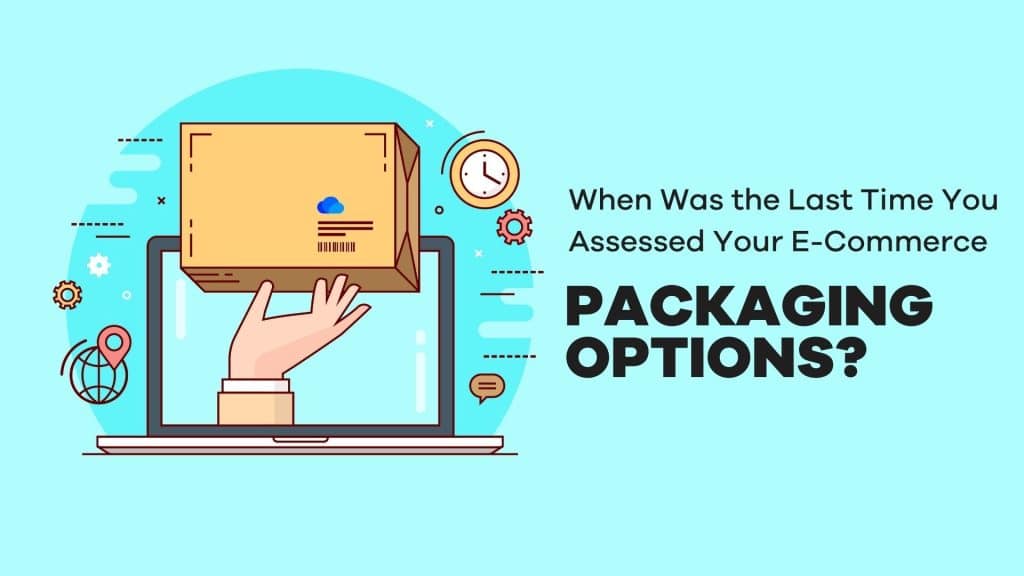
Packaging Options
There are various shipping package types available for ecommerce sellers to consider. Each has pros and cons, but when used correctly with the right types of products, they can all protect your products in transit.
Envelopes
Envelopes come in various sizes and materials, and they are durable. They are an economical choice for loose, durable, and/or flexible items.
Sealable Bags
Like envelopes, sealable bags are popular shipping choices for soft products such as clothing or well-packaged smaller items that can withstand repeated impacts in transit. Not only are they economical, but they require minimal storage space in your shipping department and can be packed and labeled extremely quickly.
Bubble Mailers
Bubble mailers offer the convenience of envelopes but with the added protection of a bubble wrap layer. This padding makes bubble mailers a suitable and affordable choice for smaller items that may not be durable enough (or come with enough of their retail packaging) to withstand the jostling of the shipping process.
Cartons and Boxes
Cartons and boxes are among the most reliable and versatile packaging options. They are available in various shapes, sizes, colors, and materials. The most common types are made from corrugated cardboard and are available in single-, double-, and triple-walled thicknesses.
When selecting the ideal box or carton, it is important to assess the weight and fragility of the products you intend to use them for, as well as the effects that the additional weight and volume of your carton choice will have on your shipping expenses.
In addition to their weight considerations, cartons will likely require additional fill material, such as air pillows, packing peanuts, paper, or shredded pulp, to prevent items from moving around and becoming damaged in transit.
It is also worth noting that cartons require extra steps to assemble, fill, and seal before they can be shipped compared to envelope-style options. That said, a well-organized fulfillment workflow will minimize the impact of these repetitive tasks.
Flat-rate Packages
Flat-rate packages are available from many shipping providers as a low-cost, standardized way to pack and ship orders. Sellers can purchase these mailers, envelopes, and boxes at little to no cost. If the contents fit and do not exceed specified weight limits, they ship for a single, predictable rate.
What’s more, most providers that offer these types of flat-rate shipping services provide the shipping packaging free of cost (the material cost is baked into the flat rate). Depending on what you are shipping and the type of flat-rate mailing packaging, filler material may be required to eliminate space inside the package and keep your merchandise secure.
Descartes Sellercloud’s Shipbridge shipping software supports each of these different options. You can easily assign each product in your catalog a specific packaging material so your warehouse team knows how to pack and ship your product orders correctly.
While this would not normally apply to the consolidated shipping of multiple products in a single order, Shipbridge allows you to assign specific package types to orders with specific total weights and volumes.
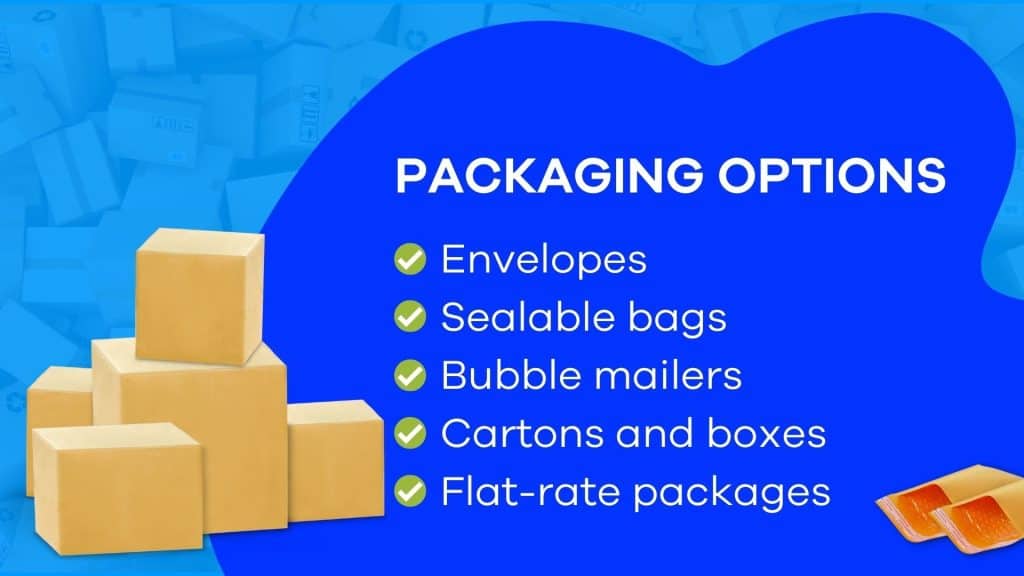
Critical Shipping and Packaging Material Considerations
For the most part, every item you sell online will require some packaging. Making the optimal packing choice for each product means accounting for several factors. Each of these considerations impacts your shipping costs, handling costs, and fulfillment workflows.
Size
Every shipping provider uses some combination of volume and weight to determine shipping costs. For ecommerce sellers, this incentivizes packing optimization—finding the ideal size and protective infill combinations to minimize costs while ensuring secure transit.
Failing to make these calculations correctly can reduce your overall profits on every package shipped.
Supplier
The demand for envelopes, mailers, and cartons has created a highly competitive industry for packing material suppliers. As with any large, recurring purchase your business makes, shop for the most competitive rates on the required materials.
Most suppliers offer a combination of bulk discounts, subscription ordering, and long-term contracts that can reduce handling costs and boost profits. Sometimes, it may make sense to spread your orders across multiple vendors for different packaging materials.
This can be a cost-saving measure and help establish useful relationships should an order fail, a vendor’s quality begin to suffer, or you simply need more supplies in a pinch.
Shipping Partner Terms
Each shipping provider has its thresholds for characteristics that add or reduce price. For instance, packages that exceed the metrics for overweight or oversized can incur additional fees.
On the other hand, some providers offer discounts for using flat-rate packaging materials. Ideally, you should weigh how these carrier differences relate to the products and orders you ship.
Branding
Depending on the channels where you sell, you may consider incorporating your own company and/or product branding into your packaging.
While this will cost money and likely require a specialty packaging supplier, many marketing experts tout the value of making a positive first impression rather than shipping in blank packaging or packaging emblazoned with logos from other brands.
Environmental Impact
Consumers are showing increasing concern regarding the waste produced by their shopping habits. Due to the additional shipping packaging, ecommerce purchases tend to produce significantly more waste than brick-and-mortar purchases.
Opting for more eco-friendly packaging options shows your customers that you are aware of the environmental impacts of online shopping and that your brand is committed to sustainability.
No matter your packaging choices, Shipbridge allows you to streamline your shipping workflows across your omnichannel ecommerce business. It is a critical component of the Descartes Sellercloud platform and is available to all Descartes Sellercloud subscribers at no additional cost.
Contact us directly to start your free demo and see how Shipbridge and the rest of the Descartes Sellercloud family of ecommerce tools can help you create a perfectly customized and optimized online sales experience for your brand.
